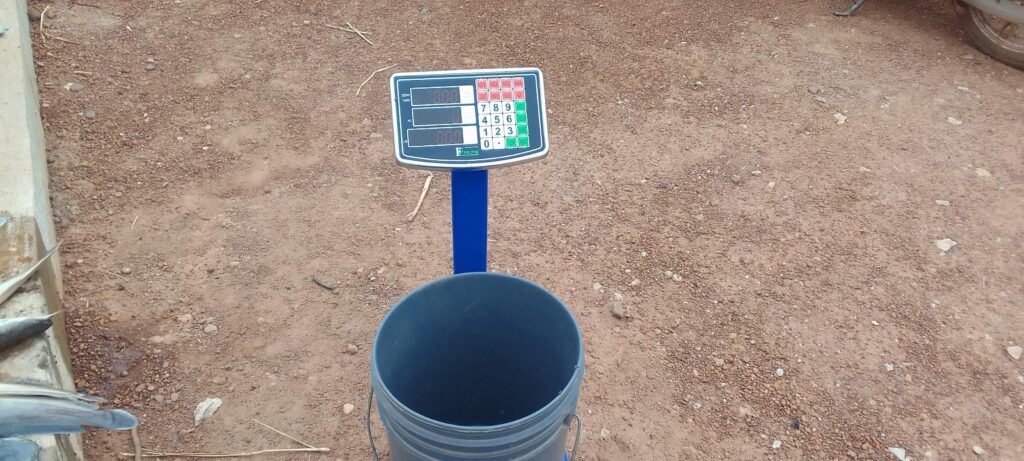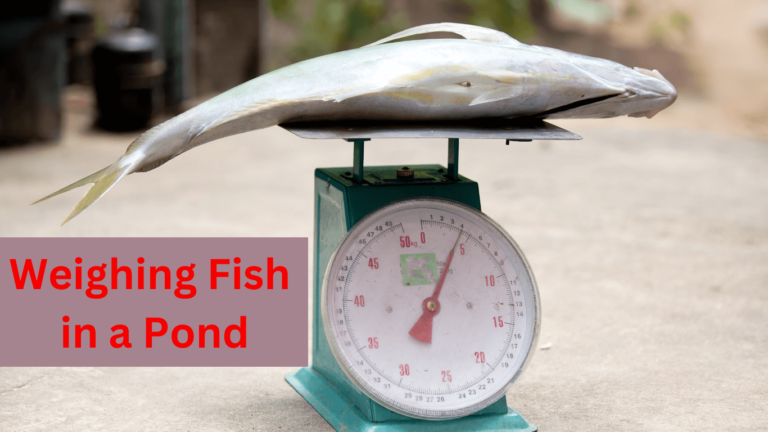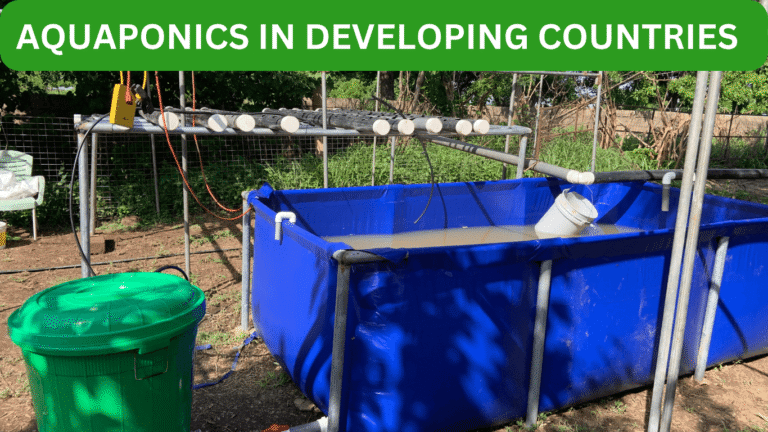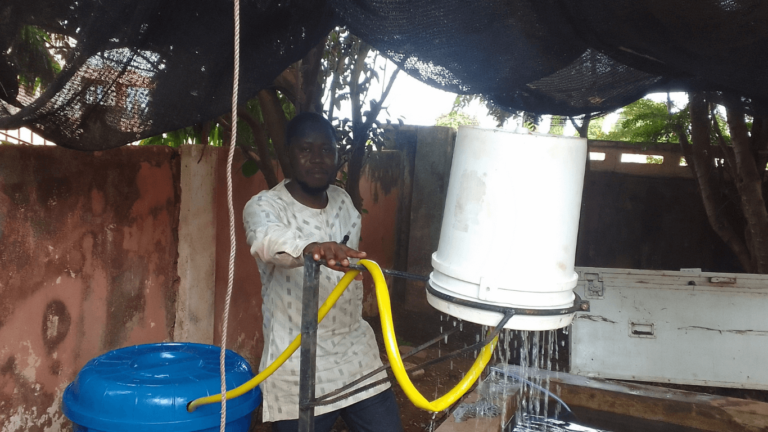How to accurately weigh your fish is crucial to know as a fish farmer. This helps you track the fish’s growth, manage feeding schedules, and make informed decisions about harvesting.
In this guide, we’ll explore how to accurately weigh your fish and why this process is essential for a successful fish farming operation.
Why Should You Weigh Your Fish?
Knowing the weight of your fish is not just a technicality; it’s an essential part of farm management. Here are a few key reasons:
– Track Growth: Regularly weighing your fish lets you monitor their growth rate. You’ll know if they’re growing fast enough or if adjustments are needed in feeding and care.
– Optimize Feeding: By knowing the exact weight of your fish, you can optimize their feed quantity, ensuring you don’t overfeed or underfeed them, which directly impacts their growth. While underfeeding can lead to tender growth, overfeeding leads to water quality issues. And low water quality leads to diseases, cannibalism, and mortality.
– Financial Management: Larger fish often mean higher profits. Many buyers, like supermarkets and restaurants, prefer fish that weigh 1 kilogram or more. Regular weighing will help you decide when your fish has reached market size.
Weighing your fish is a simple yet critical task that can greatly influence your farm’s profitability.
How Often Should You Weigh Your Fish?
You can weigh your fish at different intervals depending on your goals and needs. A general guideline is:
– Monthly Weighing: This is the most common practice and gives you a solid idea of their growth trends.
– Bi-weekly Weighing: If you’re looking for more granular insights into your fish’s growth, bi-weekly checks might be more beneficial.
– Weekly Weighing: For intensive fish farming or during critical growth periods, weekly weighing ensures you are on top of any changes in their development.
Consistency in weighing is crucial to accurately track progress and make data-driven decisions.
So when learning how to accurately weigh your fish, be sure to do that consistently.
What Tools Do You Need?
Before you start weighing, you’ll need a few essential tools. The most important of these is a good quality scale. A digital scale is ideal for its precision and ease of use. You can easily find reliable fish weighing scales online. Look for scales that allow you to adjust settings before weighing your fish. Below is the scale I am using on my farm which is very good. So you may check it out.
Check This Scale-Out

Make sure to also have a scooping net on hand to catch the fish easily. You can check out recommended scooping nets in the description below if you’re looking for durable and efficient options.
Step-by-Step Guide to Weighing Your Fish
1. Prepare the Tools
– Ensure you have a digital weighing scale and a scooping net.
– Set up the scale, making sure it’s calibrated correctly by pressing the “Tare” button to zero the weight of the object placed on it.

2. Catch the Fish
– Use a scooping net to catch the fish. It’s best to do this quickly as fish tend to scatter when they sense the net.
– Approach the fish from the side of the pond, and drag the net towards the edge for an easier catch.
3. Group by Size
– Once you’ve caught several fish, group them by size. Weigh the largest and the smallest fish individually.
– Recording the size of both will help you calculate an average weight for the batch. Measure at least five fish for a more accurate result. But be sure to measure an odd number.
4. Weigh the Fish
– Place a bucket or container on the scale and press the “Tare” button again to zero out the weight.
– Important: Always fill the bucket with water from the same pond. Using fresh water can shock the fish, causing stress or even death.
– Once the scale reads zero, place your fish in the bucket to get their weight.
5. Record the Data
– Write down the weight of each fish, noting the date of measurement. Compare it with previous data to track their growth.
6. Release the Fish
– After weighing, carefully release the fish back into the pond. If you’ve caused them stress during handling, you can place bitter leaves or salt into the pond to reduce stress levels. This practice helps prevent fish mortality after weighing.
What to Do After Weighing Your Fish?
Once you’ve recorded the fish weights, you can compare them over time to assess their growth. Here’s what to consider:
– Monitor Growth Patterns: If your fish are not growing as expected, evaluate factors like feed quality, water management, and fish health. This will ensure that you have not learned how to accurately weigh your fish for nothing.
– Adjust Feeding: Based on the weight data, you can increase or decrease the amount of feed given. Larger fish will need more food to sustain their growth.
– Prepare for Harvest: If your fish have reached the market weight (often 1 kilogram or more), it may be time to harvest.
This is particularly important for commercial sales to restaurants, supermarkets, and other buyers who demand fish of a specific size.
A lot of people also struggle for market so don’t ignore Social Media in your marketing strategies.
Bonus Tips for Minimizing Fish Stress
Stress can negatively affect fish health, and it’s common during the weighing process. Here are some quick tips to minimize it:
– Use Pond Water: Always weigh fish in water taken from the same pond to prevent stress from sudden environmental changes.
– Add Bitter Leaves or Salt: After weighing, you can add bitter leaves or salt to the pond to relieve stress in the fish. This is a simple but effective way to keep your fish healthy after handling.
Conclusion
Regularly weighing your fish is key to running a successful fish farming business. It helps you monitor their growth, optimize feeding schedules, and decide the best time for harvesting.
By following the steps outlined above, you can easily track the weight of your fish and ensure they are on the right path to reaching market size.
Don’t forget to invest in a quality digital scale and a sturdy scooping net to make the process more efficient. Happy farming!
You may also check out this post Comprehensive Guide to Fish Farming: From Setup To Harvest




